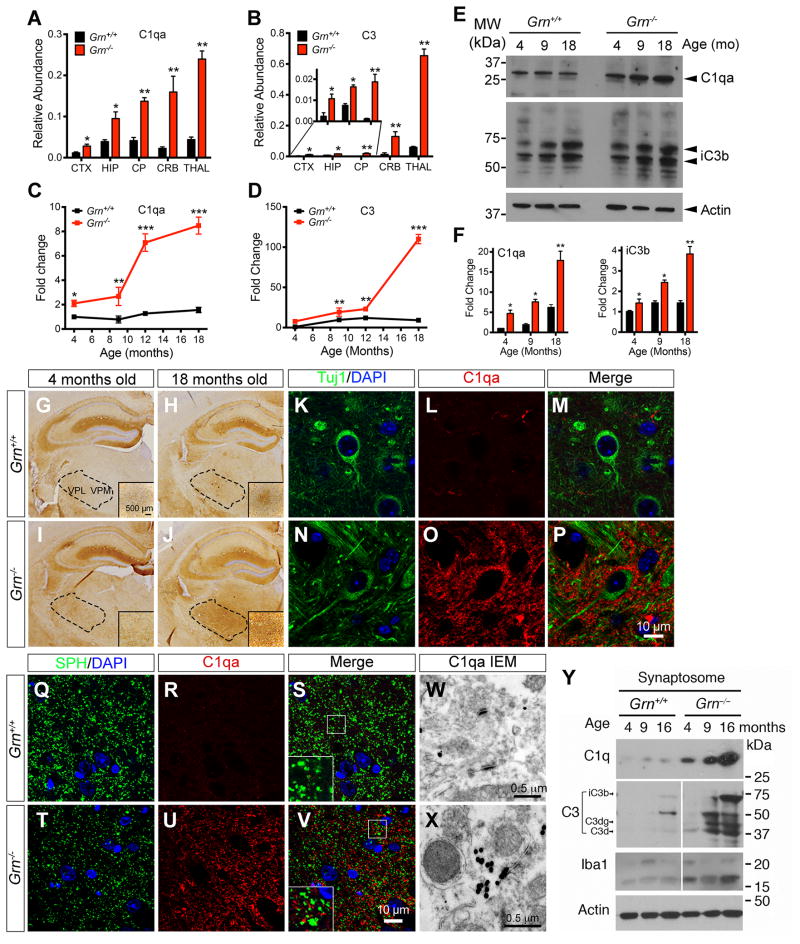Figure 4. Age-dependent C1qa accumulation at the synapses of the ventral thalamus in Grn−/− mice.
(A–B) QRT-PCR detects the relative abundance of C1qa and C3 mRNA in cerebral cortex (CTX), hippocampus (HIP), caudate-putamen (CP), cerebellum (CRB) and thalamus (THAL) of 12 month old Grn+/+ and Grn−/− mice. (C–D) QRT-PCR shows the progressive increase of C1qa and C3 mRNA in the thalamus of 4, 9, 12 and 18 month-old Grn−/− mice. (E–F) Western blots showing the relative abundance of C1qa and C3 proteins in the thalamus of 4, 9 and 18 month-old Grn+/+ and Grn−/− mice. * p < 0.05, ** p < 0.01, *** p < 0.005, Student’s t test. Error bars indicate s.e.m. n = 3 per age for Grn+/+ and Grn−/− mice. (G–J) Immunostains in 4 and 18-month old Grn+/+ and Grn−/− mouse brain detect C1qa signals in the VPM and VPL thalamic nuclei (dotted areas). Scale bar in G is 500 μm. (K–P) Confocal images using neuronal marker TuJ1 and C1qa antibodies in the ventral thalamus of 12 month-old Grn+/+ and Grn−/− mice. Scale bar in P is 10 μm. (Q–V) Colocalization of synaptophysin and C1qa in the ventral thalamus of 12 month-old Grn+/+ and Grn−/− mice. Scale bar in V is 10 μm. (W–X) Immunogold EM detects C1qa deposits in synapses in the ventral thalamus of 12 month-old Grn+/+ and Grn−/− mice. Scale bars are 0.5 μm. (Y) Western blots using synaptosomes from 4, 9 and 16 month-old Grn+/+ and Grn−/− brains detect C1qa and cleaved C3 proteins.

